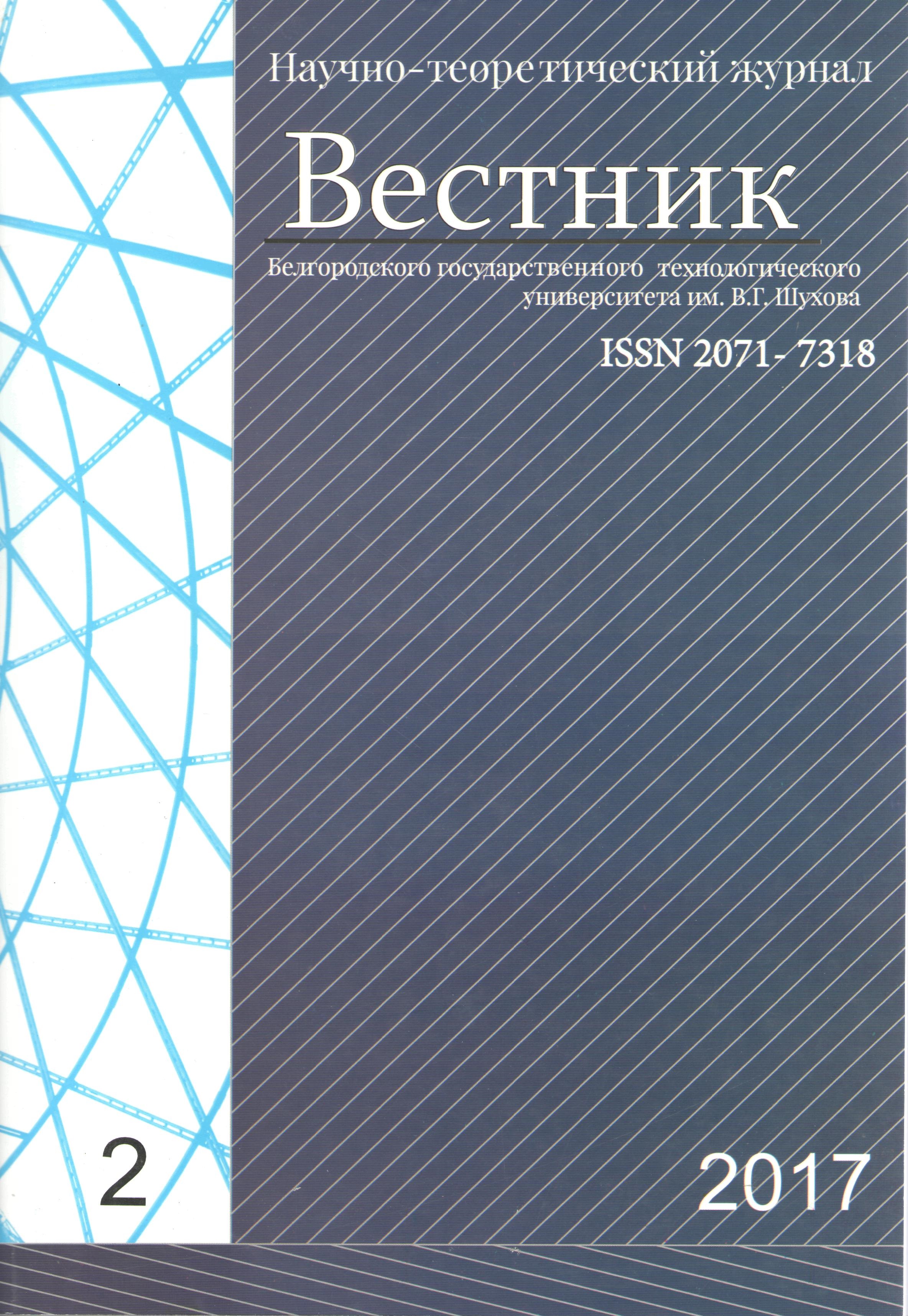from 01.01.2014 to 01.01.2019
BGTU im V.G. Shuhova, arhitekturnyy institut (architectury, dozent)
from 01.01.2014 to 01.01.2019
Russian Federation
CSCSTI 67.07
Russian Library and Bibliographic Classification 38
The ontology of the warrant holds the anthropomorphic sense of architecture in the structures of verbal descriptions, mathematical symbols and graphic styles. Technological thinking separates natural form into its component parts during the design simulations that replicated the known methods of manufacture. The functionalist models of domestic, industrial and cultural processes according to technological schemes, distinguishing their operations and productive stages of completion. Technology models a person as devoid of the consciousness of the raw materials that are transformed in the process, either as an external observer, composition and shape occurring in the building processes. Here we find a complementarity formalism and functionalism: the two halves of architectural thinking based on the technology. The thinking of the modernist split because, to move and process the necessary funds to function, and visual expressions functions need to have other means of graphical representation of the art form. Ginzburg´s ideas about "hygiene target of perception" is very close to the ideas of "rational aesthetics", N. Ladovskiy due to the common technological principle of the origin of these concepts. The differences between doctrines subject practical-laying the foundations of formal composition, the leaders of ASNOVA based on the objectives of the formation of a typology of expressive means of architecture, being distracted from the task of social construction.
ontological model of architectural order, functional modeling of an architectural type, ontologies and functional theories of perception.
1. Architektur Theorie. - Koln: Taschen GmbH, 2006. 575 s.
2. Aalto. - M.: Direkt-Media, 2016. 72s.
3. Gorozhankin V.K. Stsenariy montazha v kompozitsiyakh modernizma //Vestnik BGTU im. V.G. Shukhova, 2016 № 1. S. 13-17.
4. Iz istorii sovetskoy esteticheskoy mysli, 1917 - 1932: Sb. materialov. M.: Iskusstvo, 1980. 455 s.
5. Mikhaylovskiy I.B. Teoriya klassicheskikh arkhitekturnykh form. M.: Izdatel´stvo akademii arkhitektury SSSR, 1944. 270 s.
6. Nikolenko T., Gorozhankin V. Predvoskhishchenie budushchego. Dom Gospromyshlennosti v Khar´kove.. Arkhitektura SSSR. 1984 №3. S 100-105.
7. Rozin V.M. Ponyatie i sovremennye kontseptsii tekhniki. - M.: Institut filosofii RAN, 2006. -256 s.
8. Sazonov B.V. Metodologicheskie i sotsial´no-teoreticheskie problemy proektirovaniya sistem obshchestvennogo obsluzhivaniya naseleniya. diss kand. filosofii, M.: MGU, 1978. 180 s.
9. Frempton K. Sovremennaya arkhitektura. Kriticheskiy vzglyad na istoriyu razvitiya. M.: Stroyizdat, 1985. 535 s.
10. Khan-Magomedov S.O. M.Ya. Ginzburg M.: Stroyizdat, 1972. 182s.
11. Khan-Magomedov S.O. Nikolay Ladovskiy (Pionery Sovetskoy arkhitektury). M.: Znanie, 1984. 64 s.














